The city of Jerusalem, once named Jebus, was conquered by King David 3,000 years ago. He proceeded to make it the capital of his Empire – later, his son, King Solomon, built his Temple there; the First Temple. Some 1,000 years later, King Herod built the Second Jewish Temple, which was destroyed by the Romans in 70AD. Jesus preached and preformed miracles in Jerusalem, visited the Temple, and was ultimately arrested, condemned, and crucified in this vicinity. In the late Roman period, the city was named Aelia Capitolina, but during the Byzantine period Queen Helena arrived to Jerusalem and identified the site of the Church of the Holy Sepulcher, and gave it back its original name.
With the Muslim conquest by the Caliph Umar Ibn Al-Khattab in the 7th century, the city retained its holy status and throughout the Umayyad Dynasty experienced another Golden Age, particularly associated with Al-Aqsa, the place at which Mohammed ascended to heaven in a night journey. In Arabic Jerusalem is called Al-Quds.
Jerusalem can be loosely divided between ‘Old and ‘New; the Old City has parts that date back thousands of years, whilst the new city developed only from the 1860s onwards. The city is a fascinating mix of East and West, tradition and modernity, an extraordinary mélange of religions, cultures, and traditions.

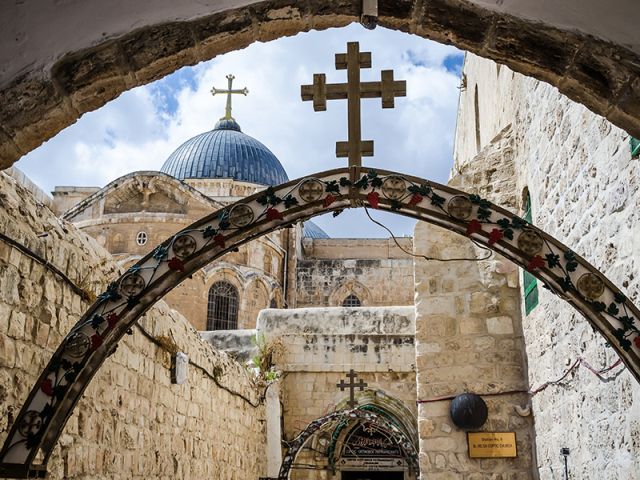
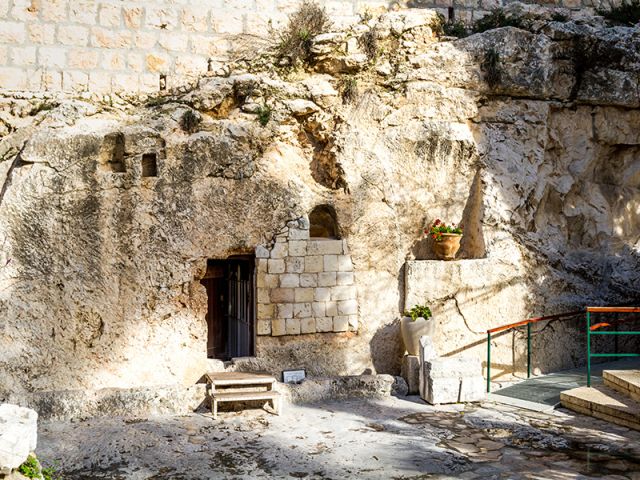
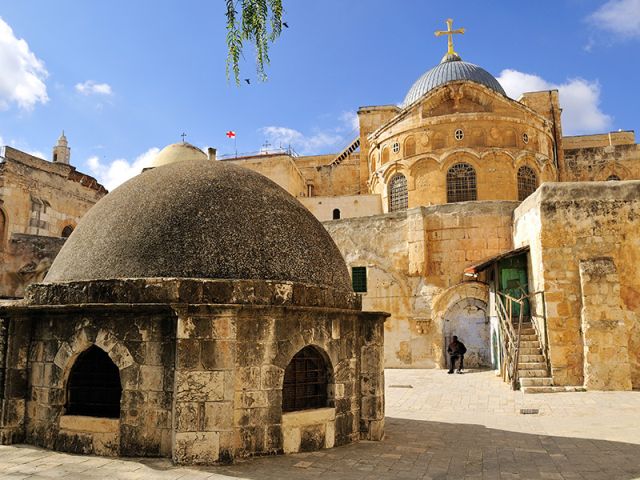
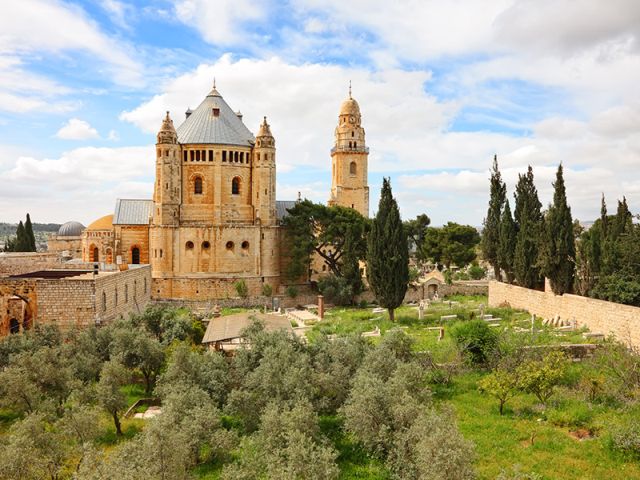
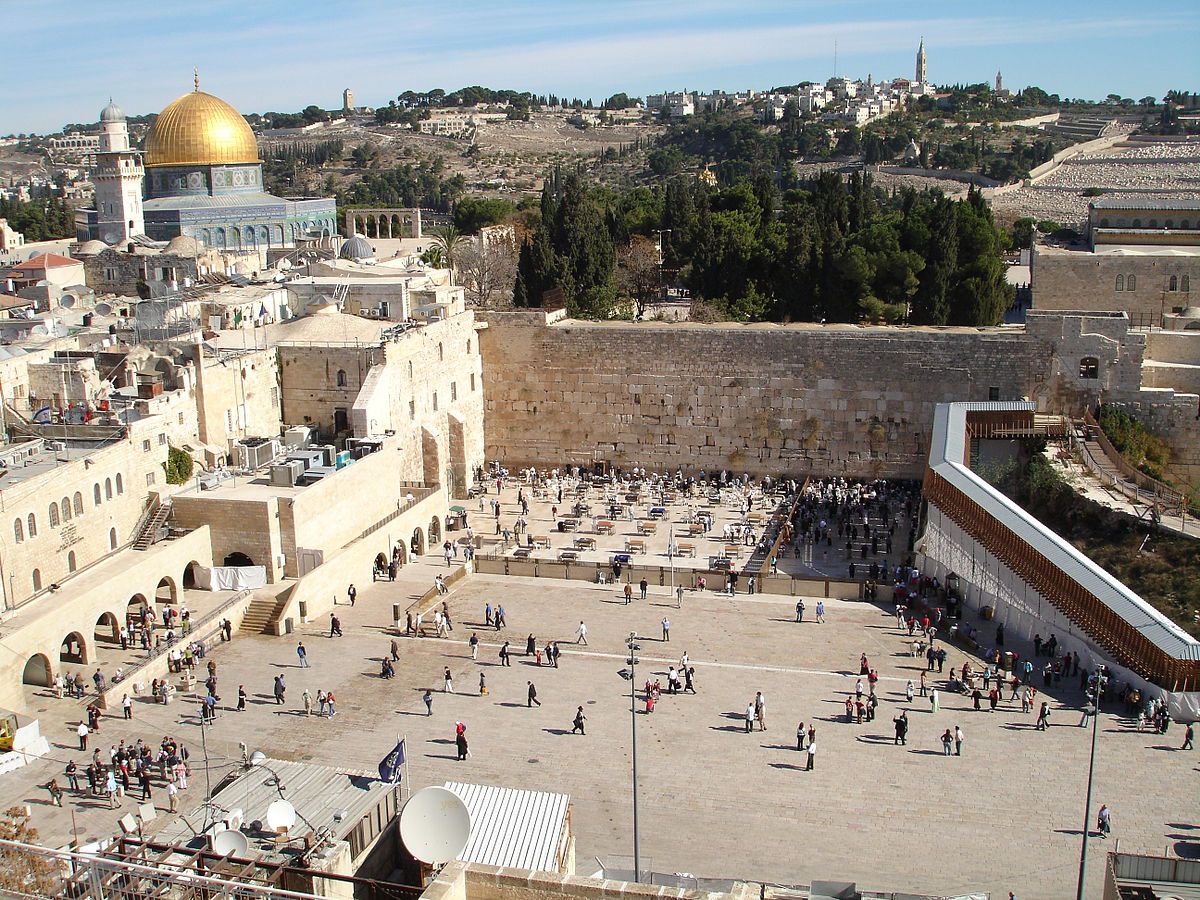
 +97237659000
+97237659000


